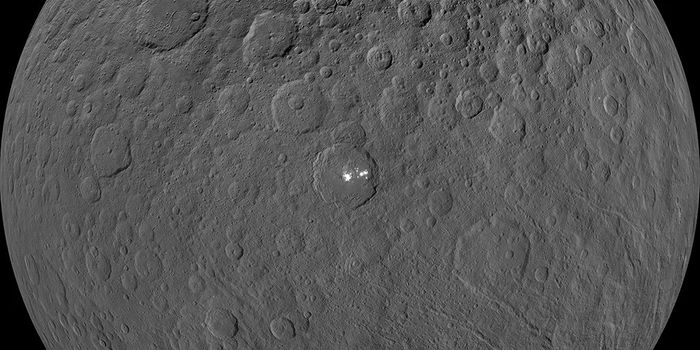NASA Plans to Use a Space-Rated Drone to Study Titan
NASA is planning to develop a $1 Billion mission dubbed ‘Dragonfly’ to study Saturn’s moon Titan, a world that scientists have long thought to sport habitable conditions. But the mission introduces several new challenges, especially those involving flying a scientific instrument-equipped drone on another planet besides our own.
Titan sports a thick atmosphere, much like the Earth, and this will enable NASA to fly a done there with ease. On the other hand, this drone will be a lot different than most – it will be nuclear-powered and almost the same size as a riding lawnmower.
Captivatingly, Dragonfly’s nuclear power generation is vital for two essential reasons: 1) it provides constant power between flights, and 2) the process of radioactive decay will warm the drone as it flies in temperatures averaging -179 degrees Celsius.
When Dragonfly reaches Titan, it will observe planetary processes and search for signs of life; this includes looking for water and carbon compounds, studying weather patterns, and attempting to find anything that seems out of place and worth scientific attention. This mission could last as long as 2.5 years, but if we’re lucky, it could go on for much longer than that.








